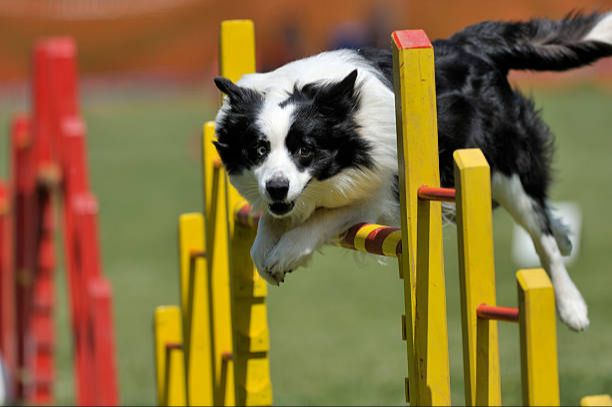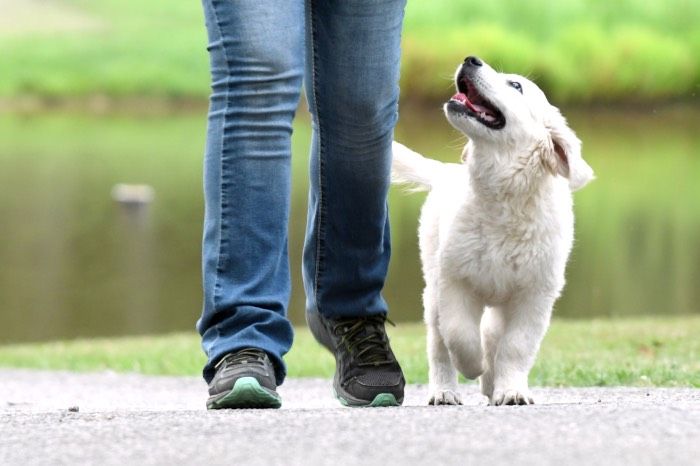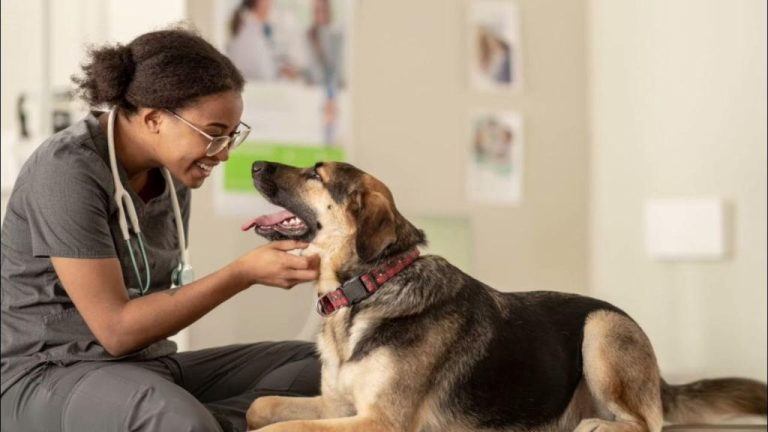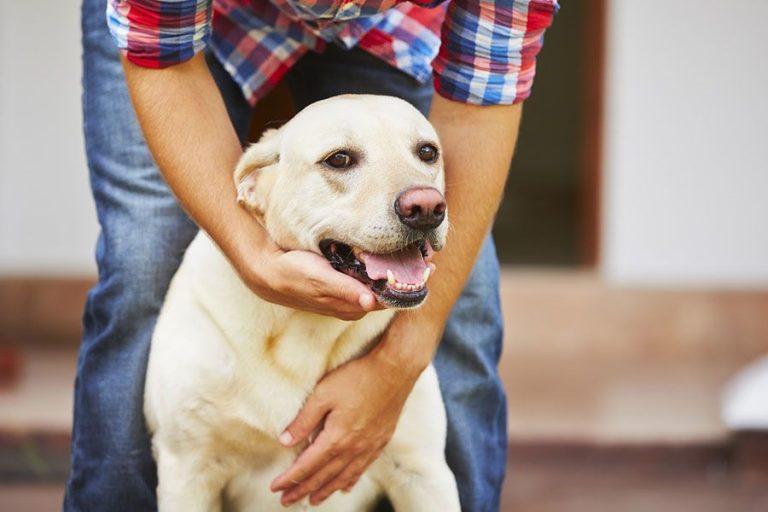Desensitization Training: Helping Your Dog Overcome Fears
What is desensitization training?
Desensitization training is a type of behavior modification therapy used to help dogs overcome fears and phobias. The goal is to gradually expose the dog to the fear-inducing stimulus in a controlled, positive manner to decrease their anxiety response over time (https://vcahospitals.com/know-your-pet/introduction-to-desensitization-and-counterconditioning).
It works by starting with a very low level of the fear stimulus that does not provoke a response from the dog. The stimulus intensity is slowly increased over many sessions, while the dog remains below their anxiety threshold. This allows the dog to learn new, positive associations with the stimulus.
Desensitization training is very different from flooding therapy, which fully exposes the dog to their greatest fear right away. This can often make the fear response worse rather than overcoming it. Desensitization training takes things very slow and rewards calm, relaxed behavior in the presence of the fear trigger (https://www.animalhumanesociety.org/resource/counter-conditioning-and-desensitization).
Common fears in dogs
Many dogs develop specific fears or phobias that can disrupt their normal behavior and cause them anxiety. Some of the most common fears in dogs include:
Noises like thunder, fireworks, vacuum cleaners – Loud noises such as thunder, fireworks, and vacuum cleaners can startle dogs and cause them to become fearful. Dogs have very sensitive hearing, so abrupt loud sounds are alarming. According to the AKC, noise phobias affect an estimated 49% of dogs.1
Objects like umbrellas, balloons, bicycles – Odd objects such as umbrellas opening, balloons inflating, or bikes moving, can trigger fear in some dogs. The sudden motion or unpredictable movement of these objects is what scares them.
Surfaces like metal grates, stairs, slick floors – Unfamiliar or unstable surfaces like metal grates, slippery floors, stairs or steep inclines can make dogs reluctant to walk on them. Lacking traction or stability underfoot is alarming.
Signs your dog may have an anxiety disorder
Some common signs that your dog may be suffering from an anxiety disorder include hiding, running away, shaking, or showing fearful body language in response to triggers like loud noises, strangers, or separation from you. According to Tufts University, anxious dogs may exhibit behaviors like panting, pacing, trembling, drooling, withdrawing from their owner, or hiding (https://vet.tufts.edu/news-events/news/anxiety-dogs).
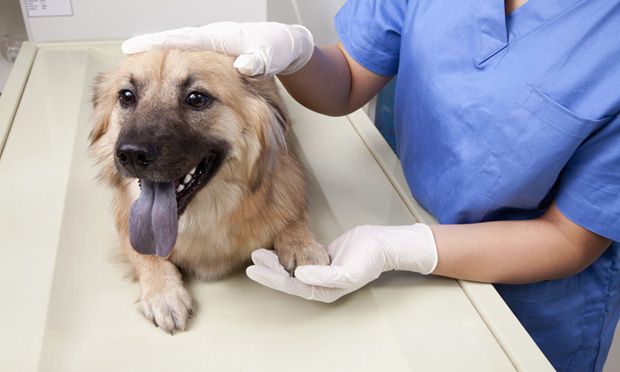
Destructive behaviors like chewing, digging, urinating, or defecating can also be signs of anxiety in dogs. The AKC notes that anxious dogs may show aggression, urinate or defecate in the house, drool, pant excessively, show depression, bark a lot, pace, or engage in destructive habits as an outlet for their anxiety (https://www.akc.org/expert-advice/health/treating-dog-anxiety/). If your dog engages in these behaviors disproportionately or unprompted by any apparent trigger, it may be a sign of an underlying anxiety disorder that needs treatment.
When to seek professional help
If your dog’s anxiety or fears are severe, working with a professional can help provide specialized treatment. According to the AKC, you may want to seek professional help if self-training efforts like counterconditioning aren’t showing improvement after 2-3 weeks of consistent work (AKC). Unmanaged anxiety can get progressively worse over time. If your dog’s quality of life is being severely impacted by anxiety or a specific phobia, a combination of medication and behavioral modification may be needed (WebMD).
A veterinary behaviorist can diagnose the specific type of anxiety your dog is experiencing and design an effective treatment plan. They may prescribe anxiety medication alongside a customized desensitization training protocol. Working with a certified professional can help provide your dog relief and improve their quality of life.
Setting up a desensitization training plan
The first step in desensitization training is to identify your dog’s specific triggers that cause fear or anxiety responses. These could be anything from loud noises, strangers, other dogs, car rides, grooming, etc. Once you know the triggers, you can start to develop a hierarchy from mild to severe.
For example, if your dog is afraid of strangers, the hierarchy may start with just seeing people from far away, then people closer but not interacting, then brief interactions with less scary strangers like children, eventually working up to new adults interacting directly. The key is to gradually expose your dog to the triggers from a very mild, non-threatening level first. According to the AKC, you want to start with a version of the trigger that prompts little or no fear response from your dog.
Next, gather any props or tools you may need for the training sessions like treats, toys, leashes, training clickers, etc. It’s also important to designate specific training areas, ideally quiet places with few distractions where you can control the exposure to triggers. For example, a fenced backyard for initial stranger training or quiet park for dog desensitization.
With the hierarchy planned and training environment ready, you can begin counterconditioning your dog to associate positive feelings with the triggers through reward-based training.
Starting counterconditioning
Counterconditioning is the process of changing your dog’s emotional response to a trigger by pairing it with something positive, like a treat or praise. According to the ASPCA, you should start counterconditioning with mild, controlled exposures to the trigger first.
Begin by exposing your dog to the trigger at a distance where they notice it but do not react. Immediately reward them with a high-value treat, praise, or play. Repeat this process, gradually moving closer to the trigger. If at any point your dog starts to react negatively, move back to a comfortable distance.
For example, if your dog is afraid of strangers, start counterconditioning by having a friend stand far away while you reward your dog for calm behavior. Slowly decrease the distance between your dog and the stranger as you continue treating them.
The key is to associate the trigger with something positive before your dog has a chance to react. Be patient and let your dog set the pace. With consistent counterconditioning, your dog will learn triggers predict good things are coming.
For more information, see these resources:
https://vcahospitals.com/know-your-pet/introduction-to-desensitization-and-counterconditioning
https://www.akc.org/expert-advice/training/changing-your-dogs-behavior-with-desensitization-and-counter-conditioning/
Progressing through the hierarchy
Once you have established a baseline of counterconditioning where your dog is relaxed and happy seeing triggers at a distance, you can begin to slowly advance the training by decreasing the distance to triggers. However, it is critical to take this progression very slowly and gradually. Rushing ahead too quickly in the desensitization hierarchy will likely backfire and cause your dog to become fearful or reactive again.
Aim to make incremental advances over multiple sessions. For example, if your dog was originally reactive to cats across the street, you might move 5 feet closer over the course of a week. Continue associating this decreased distance with treats and praise. Some owners make the mistake of moving too close, too quickly before their dog is truly comfortable. This can undermine all the progress.
Plan many short, positive sessions of 5-10 minutes rather than one long, stressful session per day. Several brief sessions allow your dog’s brain to slowly rewire its associations, without becoming overwhelmed. End each session on a good note when your dog is still relaxed. And remember to mix up locations for added generalization.
Patience and persistence are key when progressing up the hierarchy of triggers. Celebrate small victories and allow your dog to gradually build confidence through each microstep. Avoid flooding your dog by advancing too quickly before they have mastered the previous level of exposure. Slow and steady success sets up your dog for long-term reduction in reactivity and fear.
[Source: https://www.animalhumanesociety.org/resource/counter-conditioning-and-desensitization]
Troubleshooting Setbacks
It’s normal to encounter some setbacks during desensitization training. If your dog has a strong reaction or gets overwhelmed at any point, don’t worry. Simply go back to an earlier step in the process. For example, if your dog was comfortable with you shaking a bag of treats while 10 feet away but startles when you move to 5 feet away, revert to the previous 10-foot distance for a while longer. Proper pacing is key.
Additionally, if your dog seems to lose interest in the rewards, try switching up what you use. Roast chicken, hot dogs, cheese, and other high-value treats may reengage them. You can also incorporate favorite toys and physical affection. Make sure the payoff is motivating enough for your dog to overcome their fear response.
With ample patience and persistence, setbacks should be temporary. Remain calm and committed to the gradual training process. If problems persist, consider consulting with a professional dog trainer or behaviorist for customized guidance.
Lifestyle changes to reduce anxiety
Making some adjustments to your dog’s lifestyle can help minimize anxious behaviors. Two key areas to focus on are providing more exercise and enrichment activities, as well as maintaining a consistent routine.
Regular exercise is crucial for an anxious dog. A good rule of thumb is providing your dog with at least an hour of activity per day. This could involve walks, playing fetch, or allowing them to run around in a fenced yard. Physical exercise helps your dog burn off nervous energy and tire them out so they are less likely to obsess over stressors. Try to go on at least two walks per day of 20-30 minutes each.
In addition to physical activity, providing your dog with mental stimulation is important. Boredom can contribute to anxiety, so give your dog’s brain a workout too. Rotate different enrichment toys to keep them engaged and challenged. Food puzzle toys, chew toys, snuffle mats, and hide-and-seek games are all excellent options. Even just changing up the locations and routes for your walks can provide mental stimulation.
Your dog will feel most secure and relaxed when they have a predictable routine. Try to keep their schedule for walks, feeding times, play time, and bedtime as consistent as possible. Dogs find comfort in having a set structure they can rely on day after day. Sticking to a schedule helps avoid unpredictability that can heighten anxious reactions.
Making these lifestyle adjustments helps set your anxious dog up for success. Exercise, enrichment, and consistency provides an environment where they can feel more relaxed and less prone to stress-induced behaviors. Always check with your veterinarian as well for any additional recommendations on managing your dog’s anxiety.
Being a patient, supportive pet parent
Having an anxious dog can be stressful for pet parents. It’s important to be patient and celebrate even small successes in your desensitization training. Give your dog praise and treats for any positive progress. Don’t punish setbacks or anxiety responses, as this can make the problem worse. Be consistent with the training plan, but don’t push your dog too far too fast. Seeking professional help from a veterinarian or dog trainer can provide guidance on managing expectations.
If you feel overwhelmed by your dog’s anxiety, know that you’re not alone. Many pet parents struggle with this issue. Consider joining a support group or online community to connect with others going through the same experience. Sharing advice and encouragement can make the process easier. Most of all, remember that your dog’s anxiety isn’t their fault or yours. With time, consistency and compassion, you can help them become more confident. Celebrate the steps you take together, no matter how small. AKC

